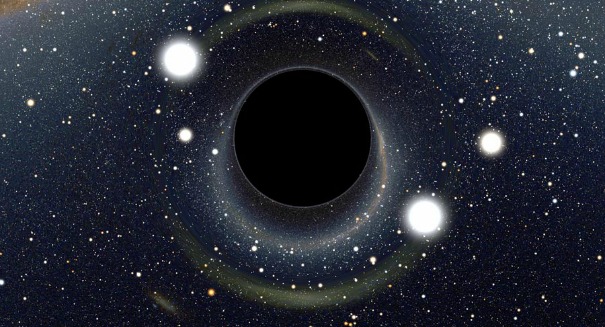
NASA launches a new agency which now monitors the possibility of life outside the known planets beyond our solar system.
To get a better idea of whether there is a possibility of life on other planets or in distant galaxies, a joint venture with NASA involving astrophysics, heliophysics, experts in earth science and planetary sciences plan to hunt for alien life.
NASA officials are looking to develop a better understanding of how life may emerge and develop around certain distant stars. This is truly an exploration involving search for alien life as well as the search for the possibility of human colonization into the wider space not yet discovered.
The project is set to launch in 2017 to look at alien worlds as well as determine whether future explorations should be considered for future funding in finding signs of life on these exoplanets. “TESS” stands for the Transiting Exoplanet Survey Satellite, that NASA aims to launch in 2017 to look for nearby alien worlds. In 2018, a new telescope will be ready for launch, named the James Webb Telescope (“JWTS”), at a cost of $8.8 billion with a further plan to launch the Wide-Field Infrared Survey Telescope (WFIRST) to study dark energy, exoplanets and other tasks. The JWTS is the successor to the Hubble Telescope.
One of the agency’s lead scientists is Natalie Batalha, NASA’s Ames Research Center in Moffett Field, California along with Dawn Gelino of the NASA Exoplanet Science Institute at the California Institute of Technology in Pasadena and Anthony del Genio of NASA’s Goddard Institute for Space Studies in New York City. They are all cooperative researchers on the project which also leads teams from a number of prominent US universities and space technology-related firms including JPL and SETI.